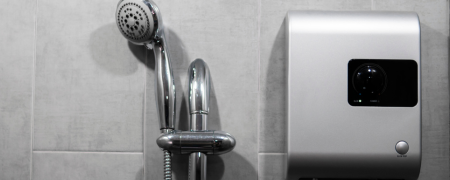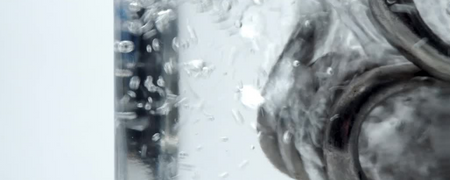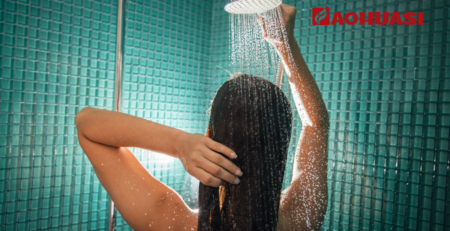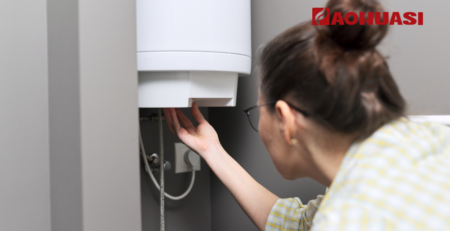Do Wall Mounted Heaters Use a Lot of Electricity?
Mounted Heaters Introduction
Wall mounted heaters are a popular choice for homeowners seeking efficient and space-saving heating solutions. As energy costs continue to rise, the concern over electricity consumption becomes more significant. In this article, we will delve into the working mechanism of wall mounted-heaters and assess their electricity usage, environmental impact, safety considerations, and potential cost-effectiveness.
How Do Wall Mounted-Heaters Work?
Wall mounted heaters are electrical devices designed to provide localized heating within a room or a specific area. They operate by converting electrical energy into heat, which is then radiated into the surrounding space. There are various types of wall mounted heaters, including convection, radiant, and fan-forced heaters. Each type utilizes different heating technologies and offers its own set of advantages and disadvantages.

Power Consumption of Wall Mounted Heaters
The electricity usage of wall mounted-heaters depends on several factors. These include the wattage of the heater, the duration and frequency of use, the desired temperature setting, and the insulation of the room. To calculate the energy consumption of a wall mounted heater, you can use a simple formula: Power Consumption (in kWh) = Wattage of Heater (in kW) x Hours of Use.
To optimize energy efficiency, consider the following tips:
- Set the thermostat at a comfortable yet reasonable temperature.
- Use timers and programmable settings to regulate heating times.
- Embrace zone heating to heat only the occupied areas.
Energy-Saving Features in Wall Mounted-Heaters
Manufacturers have introduced various energy-saving features in modern wall mounted heaters. These features include built-in thermostats, timers, and programmable settings. Thermostats enable the heater to maintain a consistent temperature, reducing unnecessary electricity consumption. Timers allow users to schedule specific heating periods, avoiding constant operation when heating isn’t required. Programmable settings offer even more control, allowing users to adjust heating patterns according to their daily routines.
Comparing Wall Mounted Heaters with Other Heating Systems
When contemplating the electricity usage of wall mounted heaters, it’s essential to compare them with other heating systems. Central heating systems, while effective for heating entire homes, often consume more electricity. Portable space heaters, on the other hand, may use similar or even less electricity than wall mounted heaters, but they are less efficient in heating larger areas. Electric baseboard heaters are another alternative, but they tend to be less energy-efficient than wall mounted-heaters.
Tips for Optimizing Energy Efficiency
To maximize energy efficiency and minimize electricity usage, follow these tips:
- Ensure proper installation of the wall mounted heater to prevent heat loss.
- Improve room insulation and weather sealing to retain heat effectively.
- Perform regular maintenance to keep the heater running efficiently.
Environmental Impact
The environmental impact of wall mounted-heaters is closely related to the source of electricity. If electricity is generated from renewable sources, such as solar or wind power, the environmental footprint is significantly reduced. On the other hand, electricity from fossil fuels contributes to greenhouse gas emissions.
Safety Considerations
Wall mounted-heaters come equipped with safety features to prevent accidents and ensure user well-being. Overheating protection automatically shuts down the heater if it reaches excessively high temperatures. Child safety features, like cool-to-touch surfaces, are essential for households with young children. Adequate ventilation is necessary to maintain air quality and avoid any potential hazards associated with combustion.
Cost-Effectiveness and Savings
The cost-effectiveness of wall mounted-heaters depends on various factors, including initial investment, electricity rates, and long-term savings. While these heaters may have a higher upfront cost than some alternatives, their energy efficiency can lead to significant savings over time. Additionally, many regions offer energy-saving rebates and incentives that can further reduce the financial burden.
For more information about the product you can contact us.
Frequently Asked Questions (FAQs)
- Are wall mounted heaters safe for homes with kids and pets?
- Yes, modern wall mounted heaters come with safety features like cool-to-touch surfaces and automatic shut-off mechanisms, making them safe for homes with kids and pets.
- Can wall mounted heaters be used in bathrooms?
- Some wall mounted heaters are specifically designed for bathroom use, but it’s essential to choose models with appropriate safety ratings and proper installation in moisture-prone areas.
- Do wall mounted heaters require professional installation?
- While some homeowners may choose to install wall mounted heaters themselves, professional installation ensures proper placement, electrical connections, and compliance with safety regulations.
- Can I use a wall mounted heater as the primary heating source for my home?
- This depends on the size of your home, insulation quality, and local climate. In smaller spaces or well-insulated homes, wall mounted heaters can serve as a primary heating source.
- Are wall mounted heaters noisy?
- No, wall mounted heaters are generally quiet during operation, providing efficient heating without any disruptive noise.







Leave a Reply